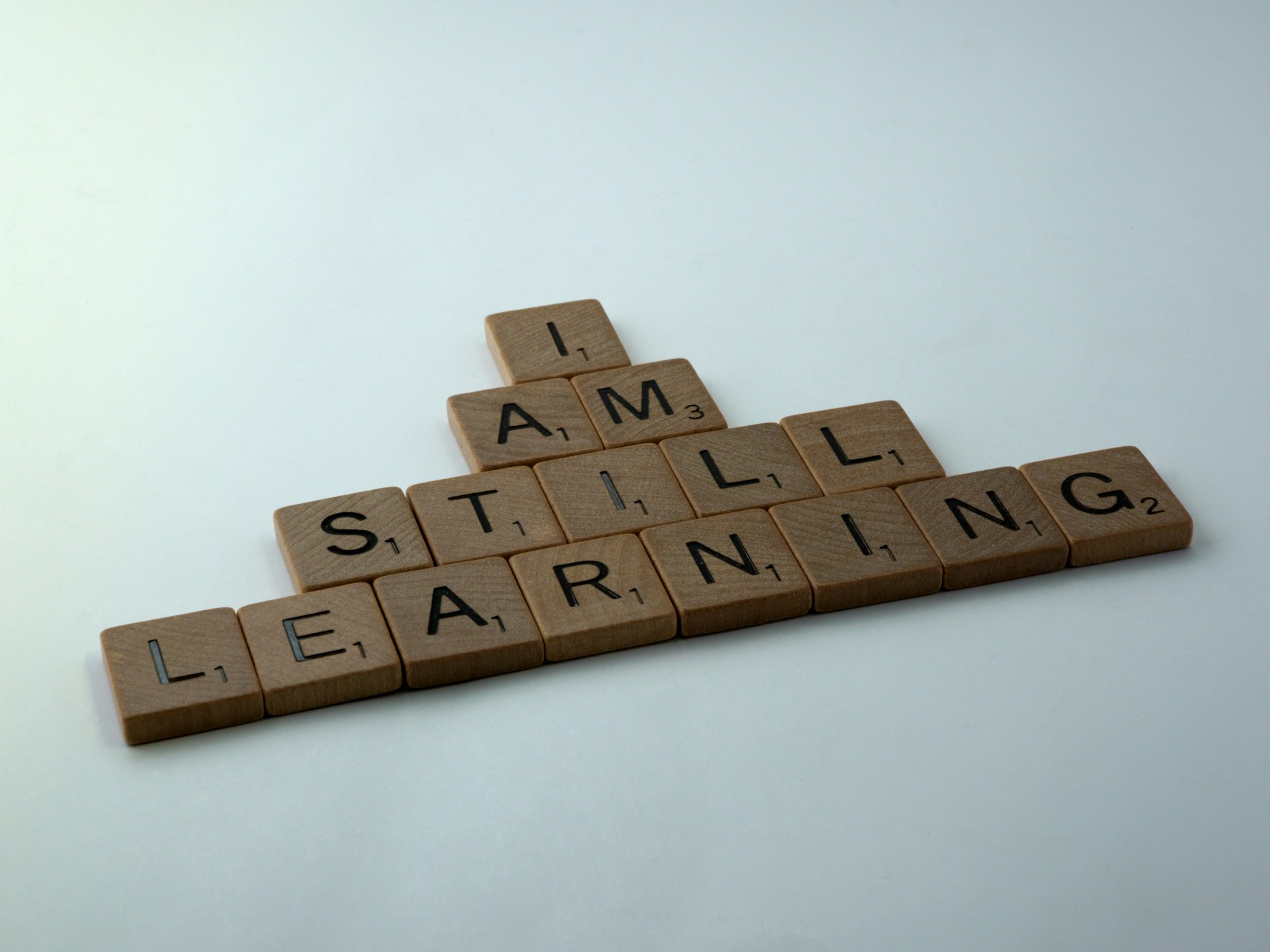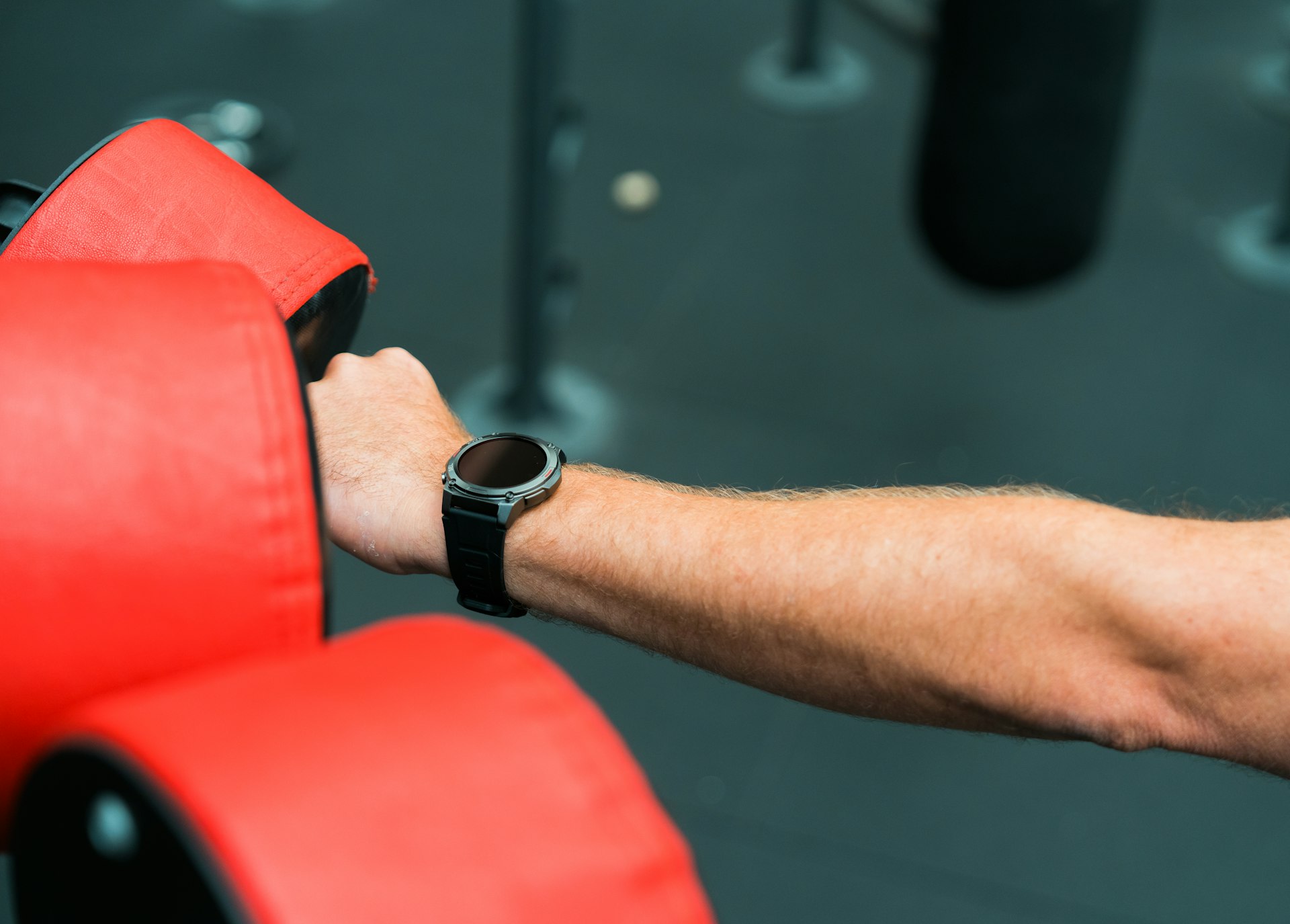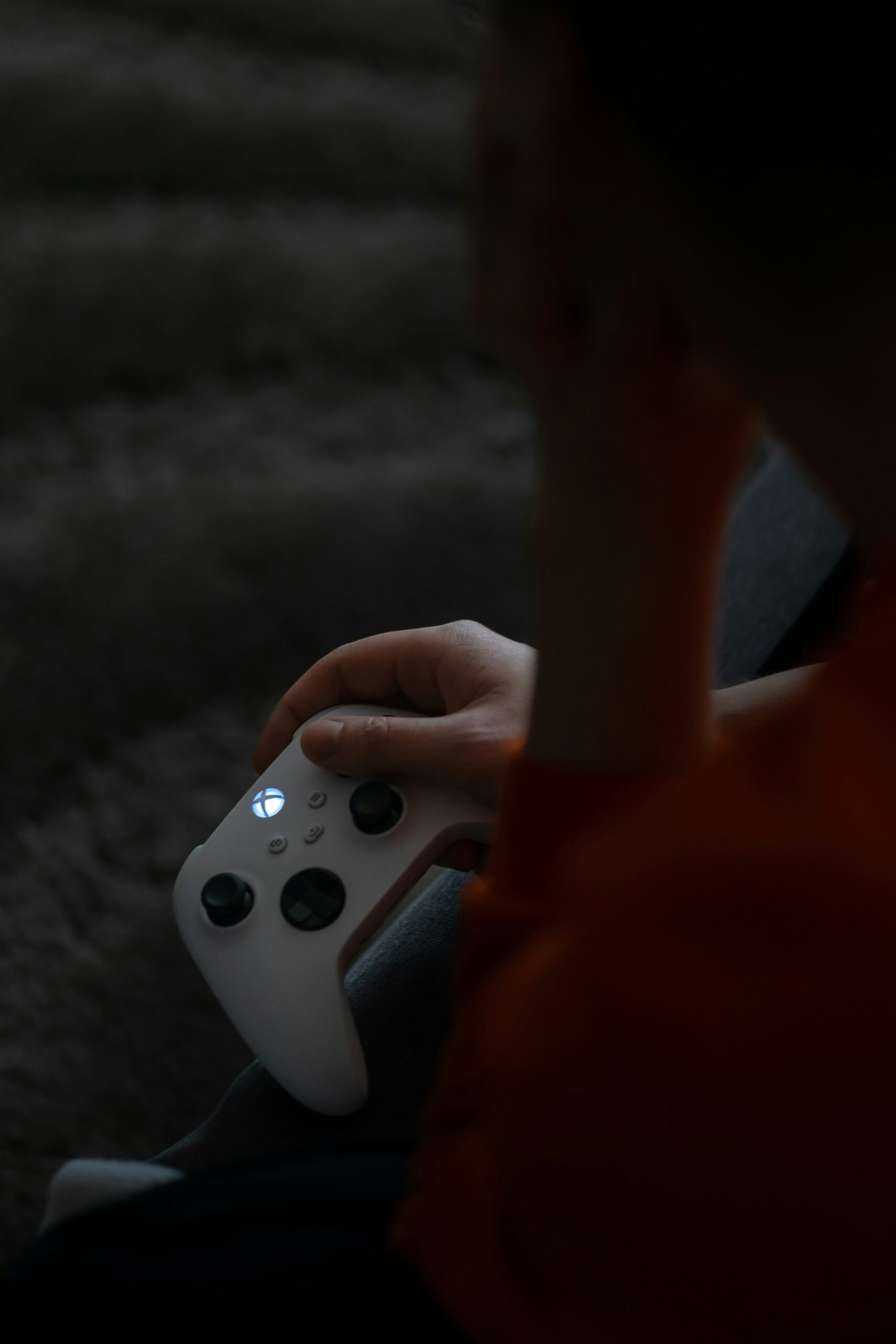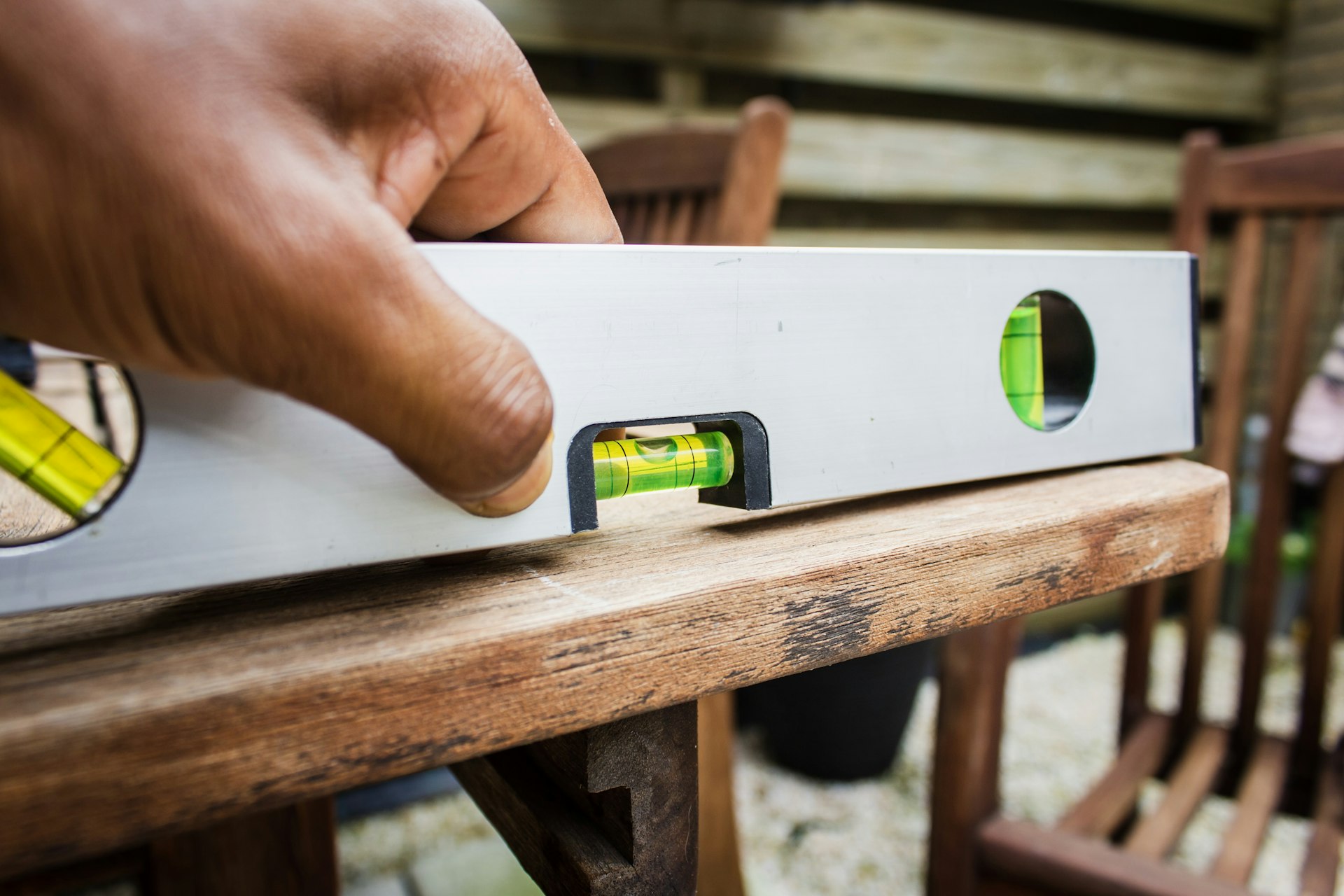Transforming Physical Education: The Impact and Implementation of Wearable Technology

Photo by Patricia Prudente on Unsplash
Introduction: The New Era of Physical Education
Physical education (PE) is experiencing a profound transformation as wearable technology becomes increasingly integrated into classrooms and sports programs. Devices such as fitness trackers, smartwatches, heart rate monitors, and movement sensors are revolutionizing how students learn about fitness, how teachers assess progress, and how schools foster engagement and safety. This article provides a comprehensive look into the benefits, challenges, and actionable steps for incorporating wearables in PE, grounded in the latest research and best practices.
How Wearable Technology Enhances Physical Education
Wearable technology offers a variety of tools that can track physical activity, monitor health metrics, and provide real-time feedback. According to recent studies, the direct impact of wearable Internet of Things (IoT) devices on physical performance in college PE settings is significant. In a rigorous six-week controlled trial, students using wearables outperformed those without, with their acceptance of the technology serving as a key mediator in performance gains [1] . This means that when students embrace and actively use these devices, they see greater improvements in their fitness and learning outcomes.
For teachers, wearables streamline the assessment process, making it easier to track students’ progress and provide individualized feedback. Data can be collected on steps taken, heart rate, calories burned, and even stress levels, allowing for a more holistic view of student wellness [2] . This not only enhances evaluation but also motivates students by making progress tangible and visible.
Motivation, Autonomy, and Engagement
One of the most important benefits of incorporating wearable technology into PE is the boost in student motivation and autonomy . Research shows that wearables can be a powerful motivational tool, encouraging students to be more active and engaged in their fitness journeys [3] . Many devices and their associated apps use gamification-rewarding students for reaching goals or participating in challenges-to foster healthy competition and sustained interest.
Increased autonomy is another key outcome. By providing students with real-time feedback and access to their own performance data, wearables empower them to set personal goals and monitor their own progress. This fosters a sense of ownership over their health and fitness, which can extend well beyond the classroom [3] .
Improving Assessment and Personalized Instruction
Traditional PE assessment often relied on periodic fitness tests and subjective teacher evaluations. Wearable technology allows for ongoing, objective assessment that is both comprehensive and individualized. Teachers can monitor a wide range of metrics over time, adjust lesson plans to meet student needs, and identify areas requiring intervention.
For example, a teacher might use heart rate data to tailor workouts to different fitness levels, ensuring that each student is challenged appropriately without risking overexertion. In group activities, wearables can facilitate peer comparisons and encourage collaboration through shared goals and challenges [2] .

Photo by Dilip Sharma on Unsplash
To implement this effectively, educators can:
- Survey students to determine existing access to wearables.
- Seek funding or grants for classroom devices if needed.
- Train staff on device operation, data privacy, and troubleshooting.
- Establish clear policies for data use and student privacy.
Safety, Injury Prevention, and Recovery
Wearables not only enhance performance and assessment but also play a crucial role in improving safety and reducing injury risk . Devices that monitor heart rate, movement, and workload can alert students and teachers to warning signs of overexertion or abnormal patterns. By analyzing trends in activity and recovery, instructors can adjust training loads and avoid sudden increases that have been linked to higher rates of soft tissue injuries [4] .
For students returning from injury, wearables provide a way to safely monitor progress and ensure that recovery protocols are being followed. Real-time data helps PE teachers and coaches create individualized plans that prioritize student well-being.
Immersive and Engaging Learning Experiences
Beyond traditional fitness tracking, wearable technology-including augmented reality (AR) and virtual reality (VR) headsets-can make PE more immersive and engaging. Students can explore new environments, participate in virtual sports, or visualize biomechanical movements. This blend of physical and digital learning is especially valuable for reaching students who may not be naturally inclined toward athletics, providing alternative ways to experience and enjoy movement [5] .
For example, a PE teacher might use AR headsets to simulate a hiking trail or a team sport that would otherwise be inaccessible. This not only broadens the curriculum but also makes physical activity more appealing to a wider range of students.
Implementation: Step-by-Step Guidance
Adopting wearable technology in PE requires thoughtful planning and attention to student needs, privacy, and access. Here are practical steps for successful integration:
- Assess Needs and Resources: Survey your students to determine who already has access to wearables. Identify potential barriers, such as cost or device compatibility.
- Secure Funding: Explore educational grants from local governments, nonprofits, or private foundations. Many organizations support technology integration in schools.
- Choose Appropriate Devices: Select wearables that are age-appropriate, durable, and easy to use. Consider options with robust privacy settings and educational features.
- Develop Lesson Plans: Incorporate wearables into existing PE curricula. Set clear objectives for what you want students to learn or achieve using these tools.
- Train Staff and Students: Provide training on device use, data interpretation, and troubleshooting. Emphasize responsible device usage and privacy.
- Monitor Implementation: Collect feedback from students and staff. Adjust practices as needed to ensure positive outcomes and equitable access.
- Address Privacy and Data Security: Consult with your school or district’s data privacy officer. Ensure compliance with relevant privacy laws and best practices.
Potential Challenges and Solutions
While the benefits of wearable technology in PE are substantial, some challenges may arise:
- Access and Equity: Not all students may have personal wearables. Schools can address this by sharing devices, seeking grants, or allowing students to use devices in shifts.
- Data Privacy: Protecting student information is critical. Schools should develop clear data handling policies and inform parents about data collection and usage.
- Technology Acceptance: Some students and staff may be hesitant to adopt new devices. Build acceptance through education, demonstrations, and by highlighting success stories.
- Device Management: Managing, charging, and maintaining multiple devices can be logistically challenging. Assigning student/device pairs and keeping detailed logs can help.
Alternative Approaches and Additional Resources
For schools or programs unable to immediately adopt wearable technology, alternative approaches include:
- Using smartphone apps that leverage built-in sensors for basic fitness tracking.
- Partnering with local universities or sports organizations for access to shared wearable devices.
- Engaging students in manual tracking and self-reporting, then gradually introducing technology as resources allow.
If you are interested in bringing wearable technology to your school’s PE program, you can:
- Contact your school district’s technology coordinator to discuss available grants and device programs.
- Search for “wearable technology grants for schools” or “educational technology funding” through official educational foundations and government agencies.
- Discuss options with parents and community partners to fund or donate devices.
- Consult your district’s data privacy policies and seek guidance from educational technology specialists.
Conclusion: The Future of Physical Education
Wearable technology is redefining what is possible in physical education, offering new ways to motivate, assess, and protect students. With thoughtful implementation and a focus on equity and privacy, schools can harness these tools to create more engaging, personalized, and effective PE experiences for all students. By staying informed about the latest research and best practices, educators can ensure that they are leveraging technology to its fullest potential-preparing students for lifelong health and fitness.
References
- [1] Nature (2024). From wearables to performance: how acceptance of IoT devices enhances physical education outcomes.
- [2] School Specialty Blog (2023). 3 Reasons Wearable Tech Belongs in Physical Education Classes.
- [3] National Institutes of Health (2023). The Use of Wearable Technologies in the Assessment of Physical Activity.
- [4] University Hospitals (2025). The Rise of Wearables: Smarter, Safer Workouts for Everyone.
- [5] BigOhTech (2023). Benefits of Wearable Technology in Education.
MORE FROM snapflicks.net













